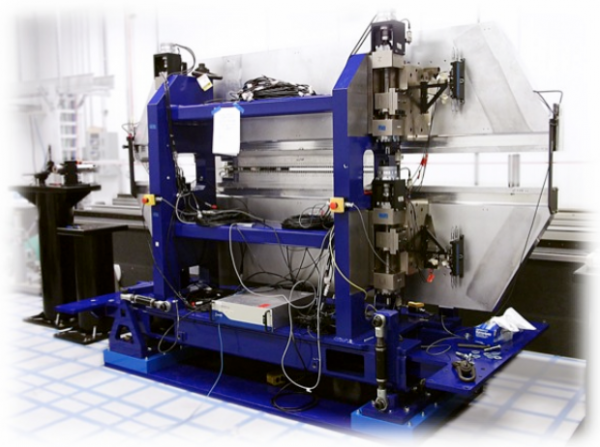By Jake Ke, | April 11, 2016

World’s most bright X-ray laser from SLAC’s National Accelerator Laboratory is being upgraded.
World's most bright X-ray laser from SLAC's National Accelerator Laboratory is being upgraded. It is a project costing 1billion dollars just to make the device brighter of up to 10,000 times and faster of up to 8,000 times at million pulses per sec. It is expected that the project is going to be completed by the year 2020.
Like Us on Facebook
According to LCLS Director Mike Dunne, this project, known as LCLS-II, is going to make way for new range of studies of the ultra-small and ultrafast. It is said to take X-ray science to the next level. He also said that our ability to develop future transformative technologies, such as innovative energy solutions, novel electronics and life-saving drugs, will be greatly enhanced. The LCLS-II will boost the device's capacity and power immensely, and make the atomic world's unprecedented details visible to researchers.
It is said that the X-ray laser will send out about a million pulses per second, which will help to study the atomic world in extraordinary detail. For instance, analyzing the formation of bonds, electrical charge movement, how reactions take place or sharp 3D images of proteins causing diseases that can help find better treatment of diseases.
In this project, they have planned to push laser pulses through niobium metal cavities (held at minus 456 degrees Fahrenheit), rather than creating pulses by pushing electrons through a copper pipe. This process results in continuous X-ray beam having 10,000 times brighter pulses, arriving up to a speed of million times per sec.
The new laser will work hand-in-hand with the existing one and help discover the fundamental processes of nature in more detail. Peter Weber, co-researcher said that it is going to help bring the atomic motions more into focus to understand the dynamics of important chemical reactions.
-
Use of Coronavirus Pandemic Drones Raises Privacy Concerns: Drones Spread Fear, Local Officials Say

-
Coronavirus Hampers The Delivery Of Lockheed Martin F-35 Stealth Fighters For 2020

-
Instagram Speeds Up Plans to Add Account Memorialization Feature Due to COVID-19 Deaths

-
NASA: Perseverance Plans to Bring 'Mars Rock' to Earth in 2031

-
600 Dead And 3,000 In The Hospital as Iranians Believed Drinking High-Concentrations of Alcohol Can Cure The Coronavirus

-
600 Dead And 3,000 In The Hospital as Iranians Believed Drinking High-Concentrations of Alcohol Can Cure The Coronavirus

-
COVID-19: Doctors, Nurses Use Virtual Reality to Learn New Skills in Treating Coronavirus Patients













